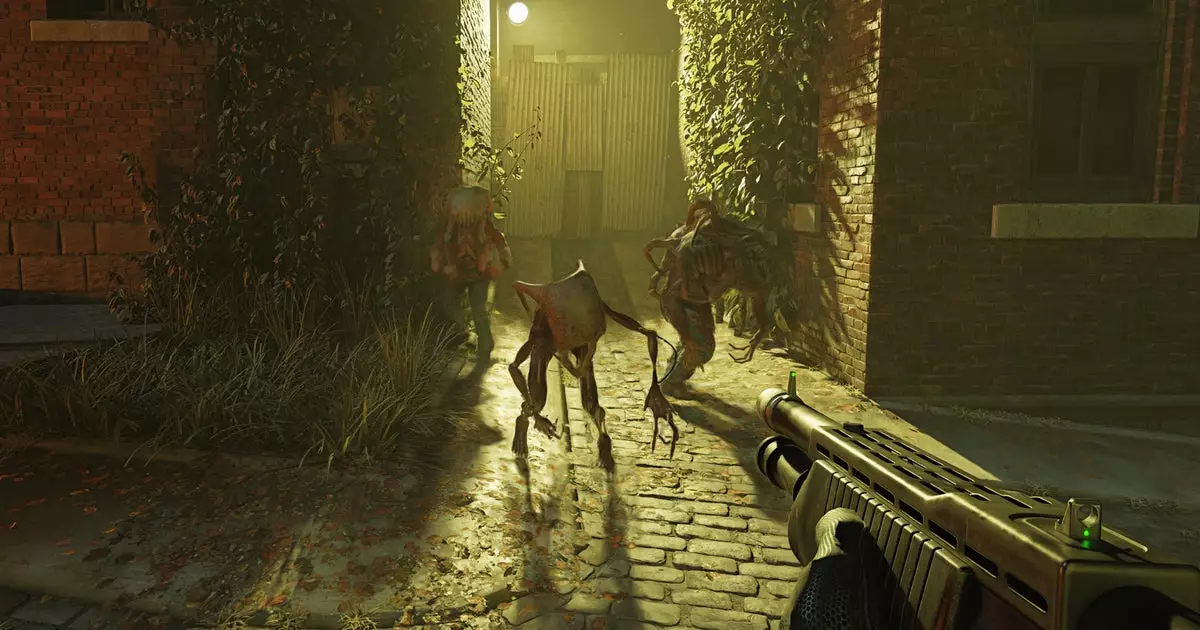It’s remarkable how the gaming community gets swept up in excitement, only to find themselves grappling with the long stretches of anticipation that often accompany game announcements. Nvidia’s announcement of the Half-Life 2 RTX mod stands as a prime example of this phenomenon. Announced in 2023, the mod was supposed to breathe new life into one of the most iconic games of the early 21st century. Yet, even as anticipation builds, the reality is that we’re still left waiting, with a mere demo on the horizon for March 18. This showcases a troubling trend within the industry, where even heart-stopping innovations are met with agonizing delays.
What to Expect from the Demo
The upcoming demo promises to allow players a glimpse into the majesty of Ravenholm and Nova Prospekt. However, upon closer examination, one can’t help but question whether aesthetic enhancements can genuinely elevate an already stellar experience. Nvidia’s elaborate blog detailing the upgrades suggests that “every aspect of each level has been upgraded,” yet there lies a significant divide between mere graphical fidelity and genuine gameplay value. Sliding comparisons of before-and-after shots evoke mixed feelings; while some visuals appear enhanced, they often come off as overly foggy rather than distinctively beautiful.
The Reality of RTX Requirements
A critical point raised in Nvidia’s announcement is the sobering requirement of a GeForce RTX 50 Series card to fully experience these visual upgrades. Is the hardware the real barrier here? Even if the developers claim that previous-generation graphics cards can still run the mod adequately, there’s a disconcerting image that forms: many loyal fans might find themselves unable to immerse themselves in the experience. Expecting players to upgrade their systems for a title that, let’s be honest, is approaching its 20-year anniversary seems a misguided strategy, as many gamers would prefer to cherish the game in its original form rather than upgrade their hardware to accommodate a mod.
The Timelessness of Half-Life 2
In this context, it’s pertinent to remember that Half-Life 2 still holds its own. Last year’s update commemorated the game’s 20th anniversary by consolidating the Episodes into one package, proving that some classics do not require lavish overhauls to retain their charm. The storytelling, game mechanics, and design of Half-Life 2 created a beloved experience that still engages fans today. Thus, one raises the question: do we really need these graphics advancements, or does their very existence threaten to overshadow the original’s brilliance?
Gamers’ Sentiments: A Complex Landscape
As we approach the demo date, sentiment within the gaming community is a mixed bag. On one hand, there’s significant excitement for the return of a classic, yet on the other, the practicalities of hardware limitations cast a shadow over the anticipated nostalgia. Perhaps this experience serves as a reflection of how the gaming industry grapples with the balance of innovation against the cherished foundations laid by older titles. Ultimately, while new visual experiences promise excitement, they also prompt critical introspection about the value of preserving the essence of beloved classics.


Leave a Reply